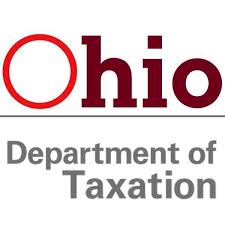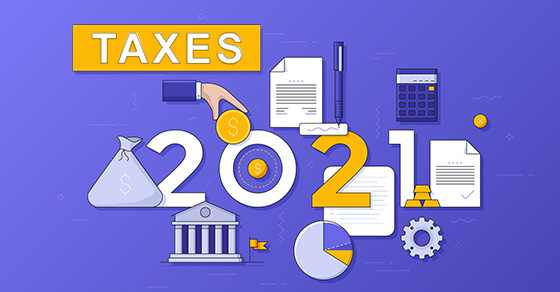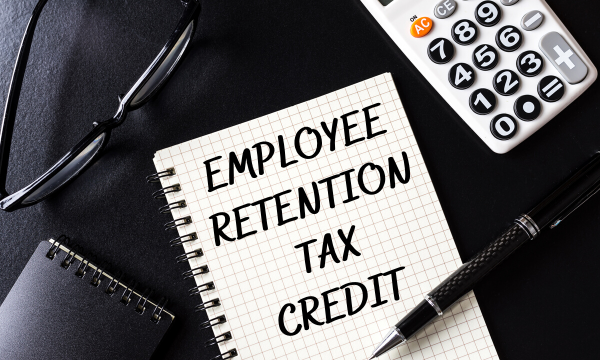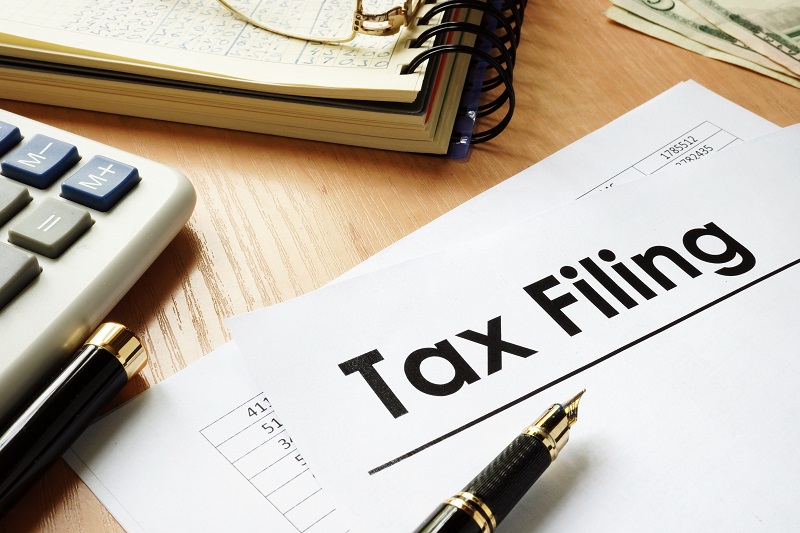Ohio Urging Victims of Unemployment Fraud to Act Now to Avoid Tax Troubles
 The Department of Taxation (ODT) is warning Ohioans who may be victims of unemployment fraud to report the suspected fraud or potentially face higher taxes.
The Department of Taxation (ODT) is warning Ohioans who may be victims of unemployment fraud to report the suspected fraud or potentially face higher taxes.
The Ohio Department of Job and Family Services (ODJFS) has identified more than 80,000 cases of unemployment fraud by criminals using stolen identities.
Victims of that identity theft who have received Form 1099-G from ODJFS showing that they received unemployment benefits – but never applied for benefits – could potentially pay federal and state tax on that un-received benefit if they don’t act to correct the record.
Unemployment benefits are taxable and the IRS is notified when someone receives benefits. Victims of unemployment fraud who’ve received an unwarranted 1099-G are being advised to contact ODJFS, report the fraud, and ask for a corrected 1099-G.
ODJFS will then contact the IRS and correct the record so the victim of fraud will not incur a tax liability.
The Internal Revenue Service (IRS) has issued guidance to taxpayers regarding identity theft and ODT is advising fraud victims that they do not need to have a determination from ODJFS on their ID theft claim or a corrected 1099-G to file your federal and state income tax returns.
Taxation officials say fraud victims generally don’t need to report the un-received unemployment benefit on their tax return but need to pursue a corrected 1099-G from ODJFS after returns are filed to avoid a future tax bill from the IRS or ODT.
For additional information or guidance, please contact:
ODJFS at (833) 658-0394 or: https://unemploymenthelp.ohio.gov/, and click on the red ‘Report Identity Theft’ button
ODT at: https://tax.ohio.gov/wps/portal/gov/tax/help-center/resources/1099g
SOURCE: Ohio Department of Taxation



 Many people are more concerned about their 2020 tax bills right now than they are about their 2021 tax situations. That’s understandable because your 2020 individual tax return is due to be filed in less than three months (unless you file an extension).
Many people are more concerned about their 2020 tax bills right now than they are about their 2021 tax situations. That’s understandable because your 2020 individual tax return is due to be filed in less than three months (unless you file an extension).
 The
The 
 Due to Ohio statutes for Commercial Activity Tax (CAT) reporting purposes, in addition to regular revenue typically reported for CAT filing, businesses this year must also include:
Due to Ohio statutes for Commercial Activity Tax (CAT) reporting purposes, in addition to regular revenue typically reported for CAT filing, businesses this year must also include:
 The IRS announced that the nation’s tax season will start on Friday, February 12, 2021, when they will begin accepting and processing 2020 tax year returns.
The IRS announced that the nation’s tax season will start on Friday, February 12, 2021, when they will begin accepting and processing 2020 tax year returns.